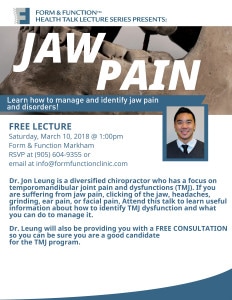Exercise Recommendations
It is important to incorporate physical activity in our daily lives. The American College of Sports Medicine has released new recommendations on the quantity and quality of exercises categorized by cardiorespiratory, resistance, flexibility, and neuromotor exercises.
The recommendations are as follows:
- Cardiorespiratory exercises: Adults should get at least 150 minutes of moderate-intensity exercise per week.
- Resistance exercises: Adults should train each major muscle group two or three days each week using a variety of exercises and equipment.
- Flexibility exercises: Adults should do flexibility exercises at least two or three days each week to improve range of motion.
- Neuromotor exercises: Neuromotor exercise (sometimes called “functional fitness training”) involving balance, agility, and coordination is recommended for two or three days per week.




